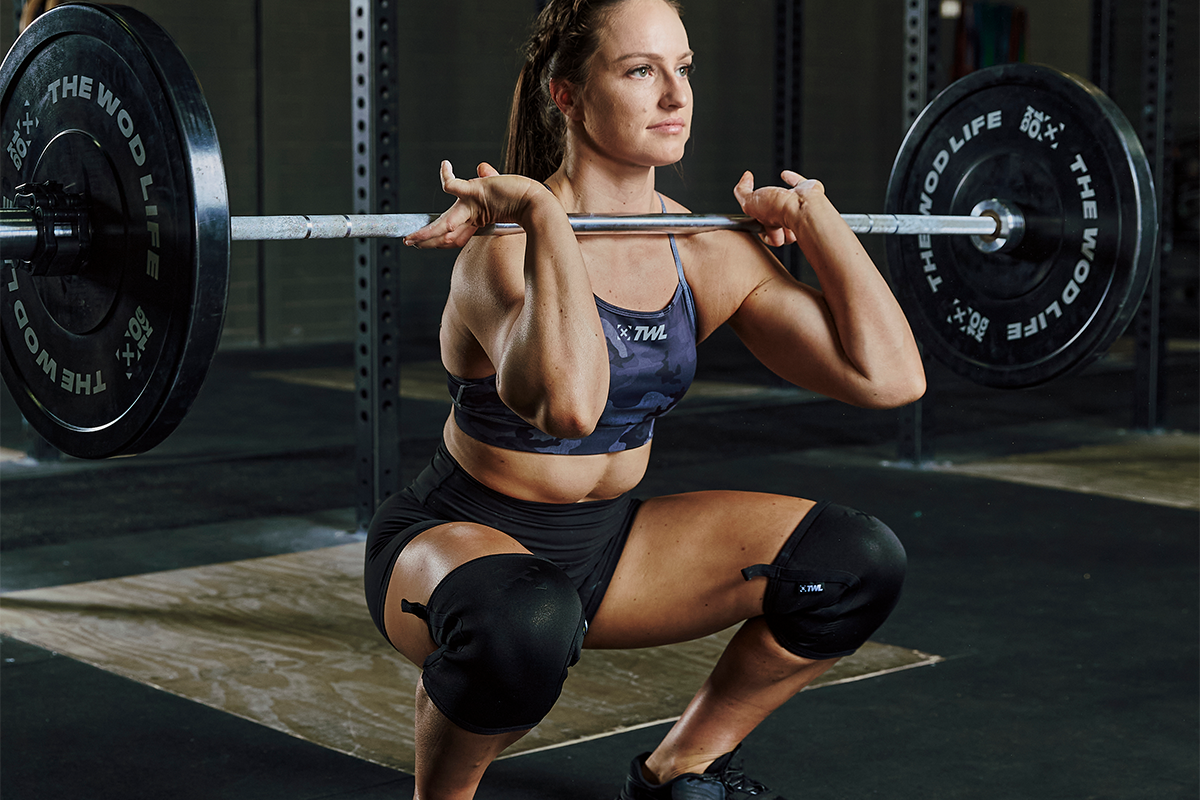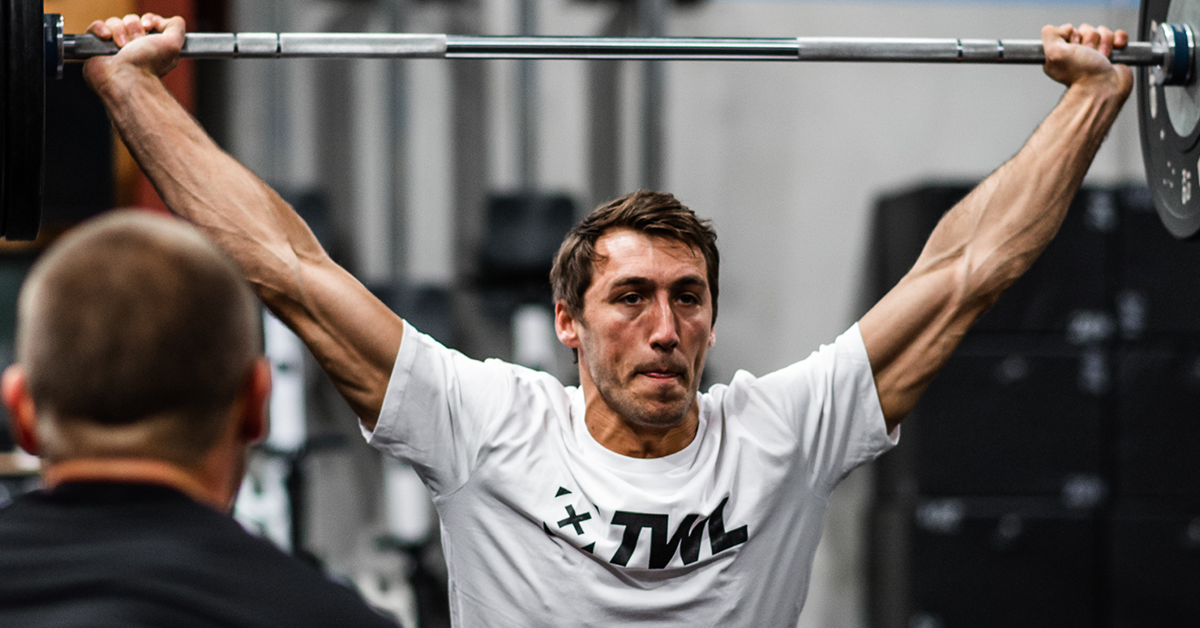The squat snatch is the Holy Grail – at least when it comes to a barbell. As an athlete, there’s no better feeling then catching a bar rock solid at the bottom, so secure it doesn’t even feel like you’re holding a bar overhead. As a coach, nothing tops the moment it all clicks for an athlete. The moment they realize we haven’t been feeding them lies this whole time and, contrary to what they may have believed, the squat snatch isn’t impossible.
However with everyone idolizing the squat variation of the Olympic lifts — both the snatch and the clean — the power lifts sometimes seem to get neglected. Let’s face it, they’re not as sexy. Sad as that may be, the power lifts should never be dismissed. Here’s why the power position matters in your weekly training!
Why the Power Position is Important in Your Olympic Lifts
The greatest benefit to practicing the power lifts is their ability to teach an athlete to fully open up their hips at the top of the pull – to FINISH! The Olympic lifts, especially the squat variations, are a balancing act – dive under the bar too soon and you miss full extension, hang out in that fully extended position too long and you miss your window to get under it.
It’s tough, but the last thing you want to do is shorten your pull in order to get under the bar faster. You need every ounce of power and extension out of your hips when the bar gets heavy. Because you’re not as concerned with getting under the bar with the power lifts, they teach the athlete to finish with their hips and elevate the bar as much as possible.
The power lifts also teach an athlete how to get comfortable at receiving the barbell at different heights. I think a common misconception is that the power position refers to receiving the barbell with a slight bend in the knees, whereas in reality, it’s receiving the bar anywhere above parallel. Being able to adjust your height, meeting the barbell properly so it doesn’t come crashing on you, is a valuable skill – especially as the bar gets heavier.
Another reason to practice and get comfortable with the power lifts is that they teach you how to be aggressive with your lockout and have a quick turnover. The power movements don’t afford you the time and space that their squatting counterparts might. So, having a strong, aggressive lockout, rather than passively receiving the bar overhead, is crucial in the power variations and, in turn, makes your lockout stronger during the full lifts.
Finally, and this one may be a little more functional fitness-specific, the power lifts can save your legs for when you really need them. Take 18.2, for example: a couplet of dumbbell front squats and burpees immediately into a heavy clean. Being strong and confident enough to hit a few moderately loaded power cleans while you got your legs back underneath you was a huge advantage. The power lifts can buy you time or keep you fresher for the rest of the workout.
How to Screw it Up
The biggest issue I see in the power lifts, especially as the barbell gets heavier, is athletes “over pulling” the bar. What I mean by this is when an athlete is trying to get the barbell as high as possible at any cost. They usually end up throwing their shoulders way back or hanging out in extension too long.
The issue is this type of movement pattern doesn’t transfer over to the full lift. The athlete is changing their pull to get the bar up. In order for one lift to benefit the other, the mechanics of both lifts have to remain identical and only the receiving position changes – otherwise, you’re training two completely unrelated, separate movements.
https://www.instagram.com/p/B6v3D6KnIjn/
In the same vein, pulling too early or landing too wide (AKA the starfish) are another two examples of athletes changing the movement just to accomplish the task rather than understanding the purpose of their training. By developing similar movement patterns, for example between the squat and power variations of the Olympic lifts, we develop a transfer of power between movements. They help each other.
Sacrificing mechanics or changing the movement entirely is a path to short-term success. Training with a purpose, understanding the intent, and identifying and avoiding common pitfalls are what will put you on the path to long-term success.
Shop with The WOD Life today.

















